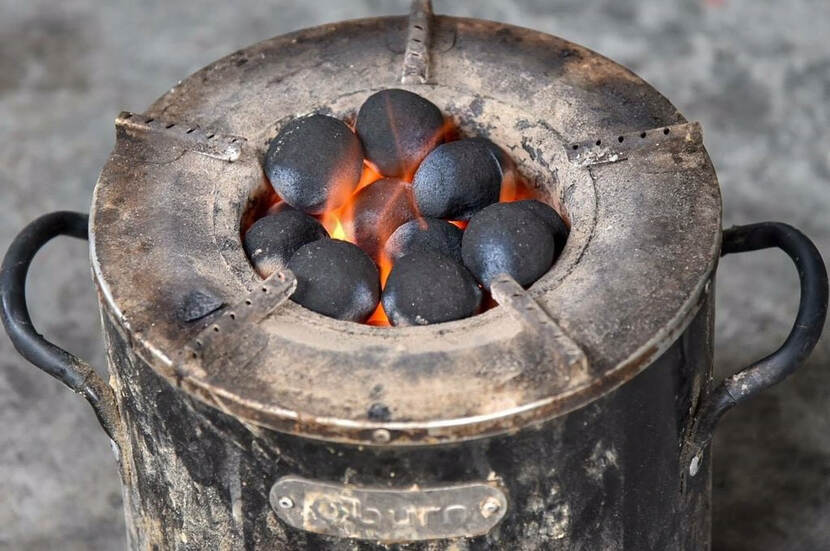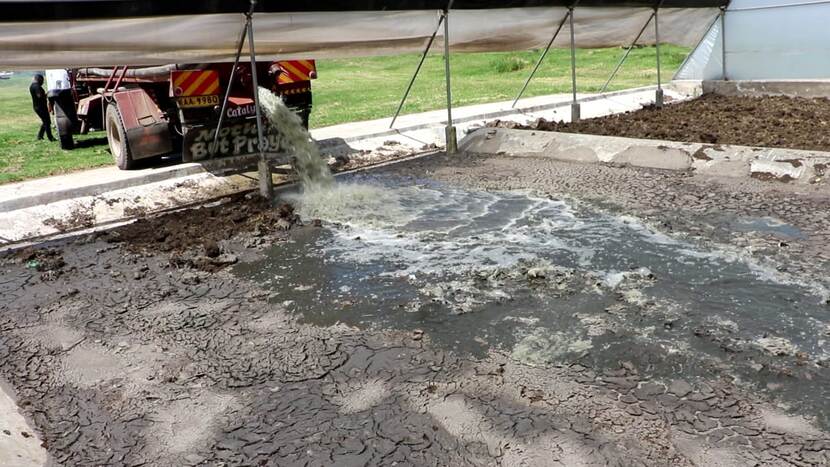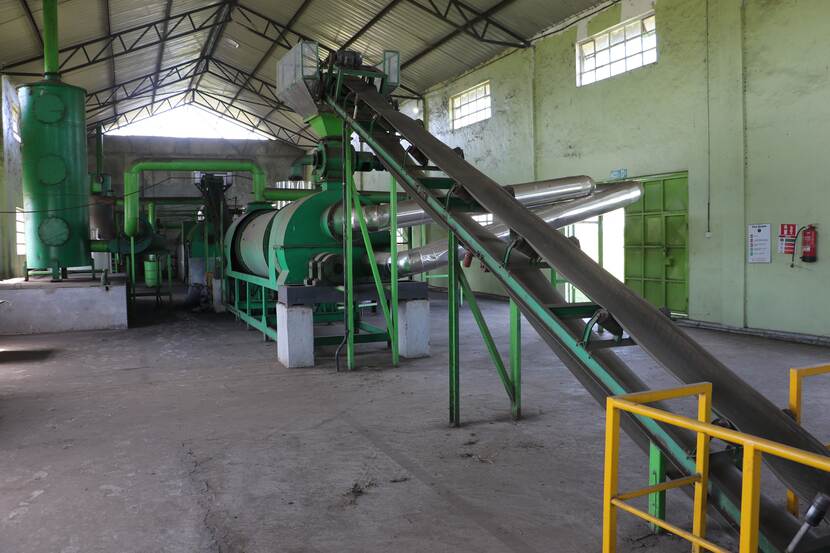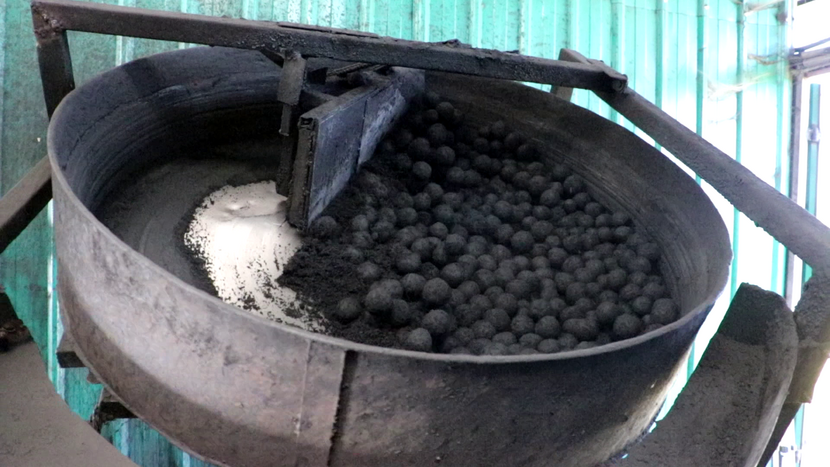Circular cooking in Kenya: poop becomes clean fuel
Poop-fired cooking? It doesn’t sound very appetising. But Kenyans have found a way of transforming human waste into clean briquettes as an alternative fuel for charcoal. The briquettes burn longer, emit less smoke and don’t involve felling trees.
Nakuru, to the north-west of Kenya’s capital Nairobi, is one of the country’s four largest urban areas. Only a quarter of its 500,000 inhabitants have toilets that are connected to the sewage system. In poorer neighbourhoods, people use latrines and septic tanks that have to be manually emptied at night. The tanks’ contents often end up in open sewers or rivers that flow into nearby Lake Nakuru, polluting its water. For three years now, however, this human waste has been used as a natural resource, helping to combat pollution.
Briquettes
The waste is processed into briquettes for cooking fuel by NAWASSCOAL Company Limited, a subsidiary of Nakuru Water and Sanitation Services Company Limited (NAWASSCO). The project is supported by the Dutch water company Vitens Evides International, the Netherlands Development Organisation, the European Union, the Nakuru local authorities, NAWASSCOAL’s water treatment plant and Egerton University.
‘We use the sludge that ends up in our water treatment plant after its journey through the sewers. Trucks also drive to the poorer neighbourhoods around Nakuru to empty septic tanks and latrines,’ general manager John Irungu explains. The two waste streams are combined and emptied into special greenhouses to dry for several weeks.
Killing pathogens
‘To kill bacteria and pathogens, we then heat the waste to 4500 Celsius. This also increases the amount of carbon,’ John explains. A similar process is used to carbonise sawdust. The carbonised matter is then milled and mixed with molasses, which has a pleasant fragrance. The end product is large black pellets that can be used as fuel for cooking, instead of kerosene or charcoal. ‘It’s a welcome alternative now that the use of charcoal has officially been banned, to combat excessive logging,’ John says.
Taboo
There is, of course, a taboo on using poop as fuel. ‘So at markets we demonstrate how it works. It helps that the pellets are the same colour as charcoal and emit a neutral smell when burned. They’re easy to light and generate less smoke. Best of all, they burn three times longer, for the same price. Which is great, because typical Kenyan grain dishes take a long time to cook.’
Once they’re familiar with the product, many Kenyans become converts and spread the news to family and friends, although there are still tribes who refuse to use the briquettes. For them, cooking on poop is unthinkable.
Jobs for young Kenyans
The recycling of human waste contributes to achieving the Sustainable Development Goals. ‘Besides ensuring clean water by preventing human waste from ending up in Lake Nakuru, we’re also creating jobs for young Kenyans,’ John says. The briquettes are made by 10 staff at the production site. The staff emptying the latrines, who previously worked in the informal sector, now have employment contracts and work with modern equipment. Jobs have also been created for truck drivers, who collect the waste and transport the briquettes to dealers and shops.
10,000 new toilets
‘There’s another factory in Kenya that converts poop into fuel, but for industrial use. This is the first production plant for domestic use,’ John says proudly. NAWASSCO produces 30 tons of briquettes a month. Around 300 households, with an average of five family members, now use this product.
The Nakuru County Sanitation Programme (NCSP) helped to construct 10,000 special toilets in the county and in schools in poorer neighbourhoods. The toilets are designed to make it easy to collect the waste. Other countries are also showing an interest in this circular concept. That makes sense to John. ‘The great thing is, there will always be demand for the briquettes as well as a supply of raw materials – because people will always need to cook food and go to the toilet,’ he laughs.




